Seven months after launching its first semi-solid state battery that used a safer and longer-lasting solid-liquid mixed electrolyte, Kuxiu is introducing a new version with some welcome upgrades. The S3 has twice the capacity of the S2 at…
Blog
-
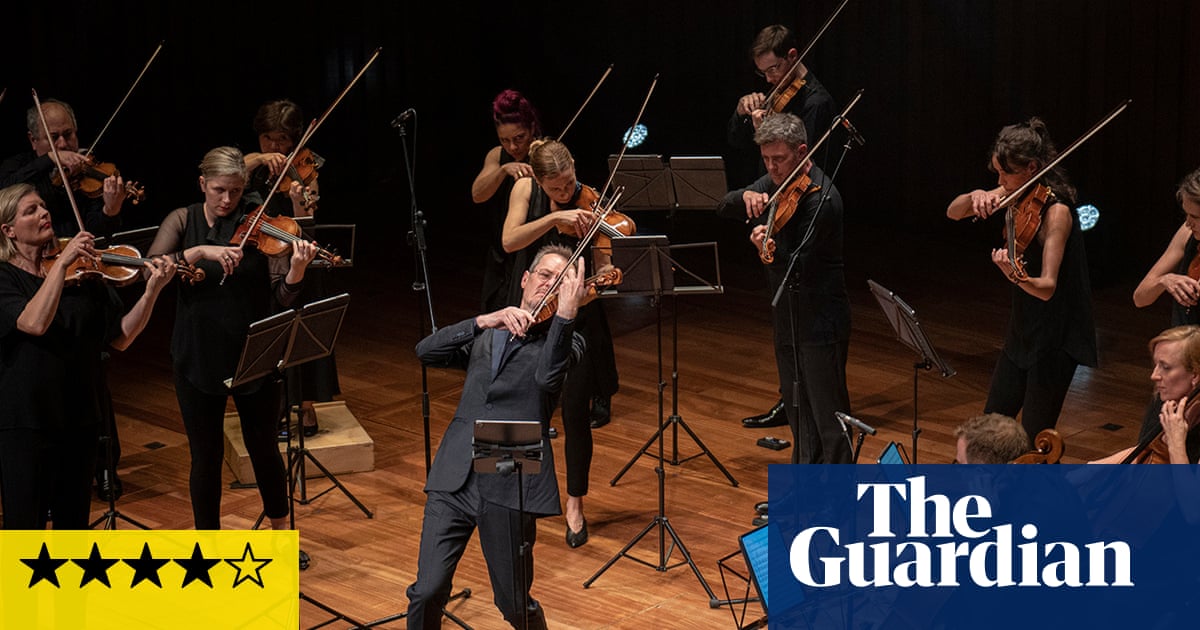
Beethoven & Brahms: Violin Concertos album review – as supple and coherent as ever as the ACO celebrates 50 | Classical music
Over the past quarter of a century the Australian Chamber Orchestra has become a regular visitor to Europe, establishing itself as one of the world’s foremost chamber bands. The group was founded in 1975, and this pairing of perhaps the two…
Continue Reading
-
![Best Space Shots of the Week: From Ground-Based Gazers to Spacefaring Eyes [20-27 Nov]](https://afnnews.qaasid.com/wp-content/uploads/2025/11/best-space-shots.jpg)
Best Space Shots of the Week: From Ground-Based Gazers to Spacefaring Eyes [20-27 Nov]
This week’s best space shots collection offers a rare blend of perspectives from across the cosmos, from backyard telescopes to the windows of Earth orbit. Amateur astrophotographers capture nebulae, planets, and lunar scenes with astonishing…
Continue Reading
-
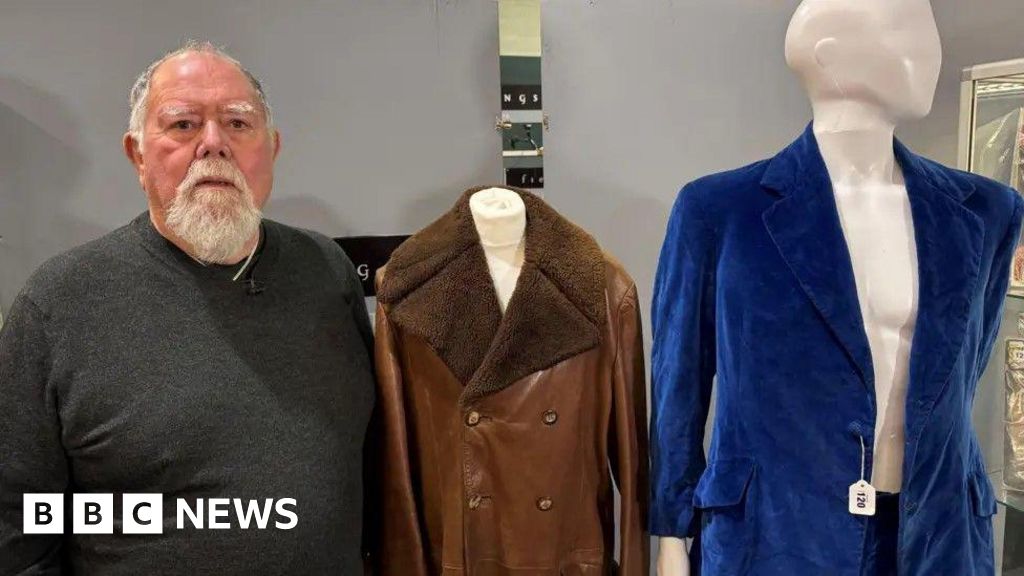
Led Zeppelin drummer John Bonham’s jacket sells for £15k
Chloe HughesWest Midlands
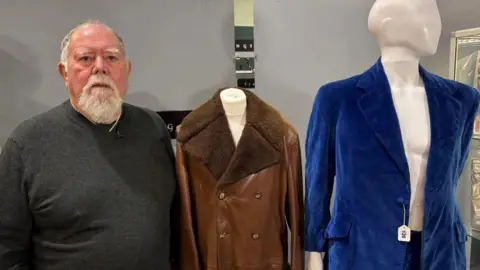 BBC
BBCAllan Weaver, Bonham’s brother-in-law, owned the clothing before the auction A leather coat owned and worn by Led Zeppelin legend John Bonham has been sold at auction for more than £15,000.
The collection, which was…
Continue Reading
-

how scientists around the world cooperate to choose the strains to vaccinate against each year
Twice a year, 40 scientists gather together for five days to decide what strains of influenza to vaccinate against for the next flu season. It takes around six months to prepare the vaccine – which usually includes protection…
Continue Reading
-
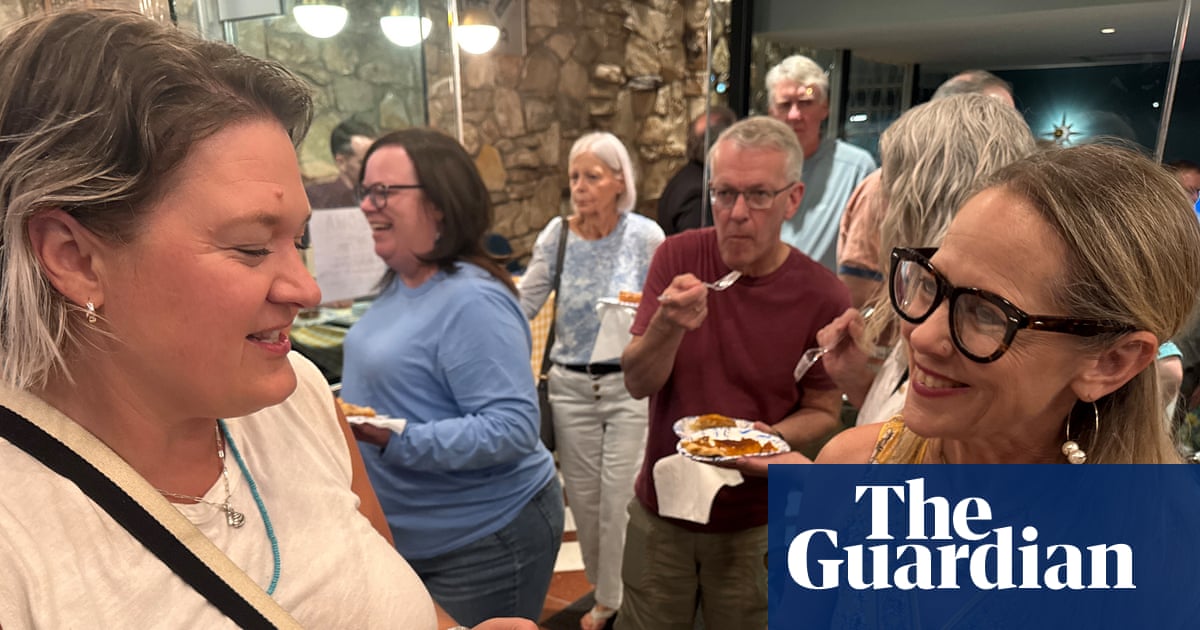
Facing burnout, she chased her dream of making pie – and built an empire: ‘Pie brings us together’ | Food
Thanksgiving may be a holiday steeped in myth and controversy – but there’s still something Americans largely agree on: there’s nothing wrong with the holiday’s traditional dessert. So says Beth Howard, expert pie maker, cookbook author,…
Continue Reading
-
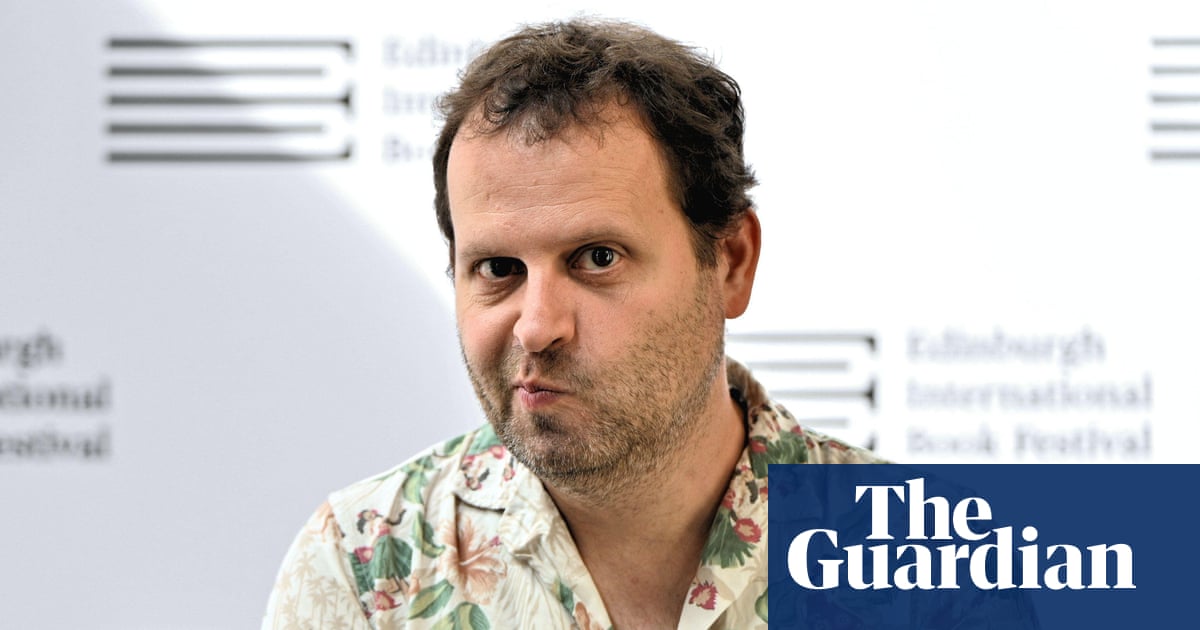
A Particularly Nasty Case by Adam Kay audiobook review – a wayward doctor turns detective | Audiobooks
Dr Eitan Rose is stark naked in a gay sauna when he is called upon to perform CPR on an elderly man and fellow patron who is having a heart attack. When arriving paramedics ask Eitan for his details, he declines to give his real name, instead…
Continue Reading
-

Stunning new 3D images reveal yellow fever’s hidden structure
Researchers at the University of Queensland have produced the first detailed, high-resolution images of the yellow fever virus (YFV). Yellow fever is a mosquito-borne infection that can severely damage the liver and is potentially fatal.
Their…
Continue Reading
-
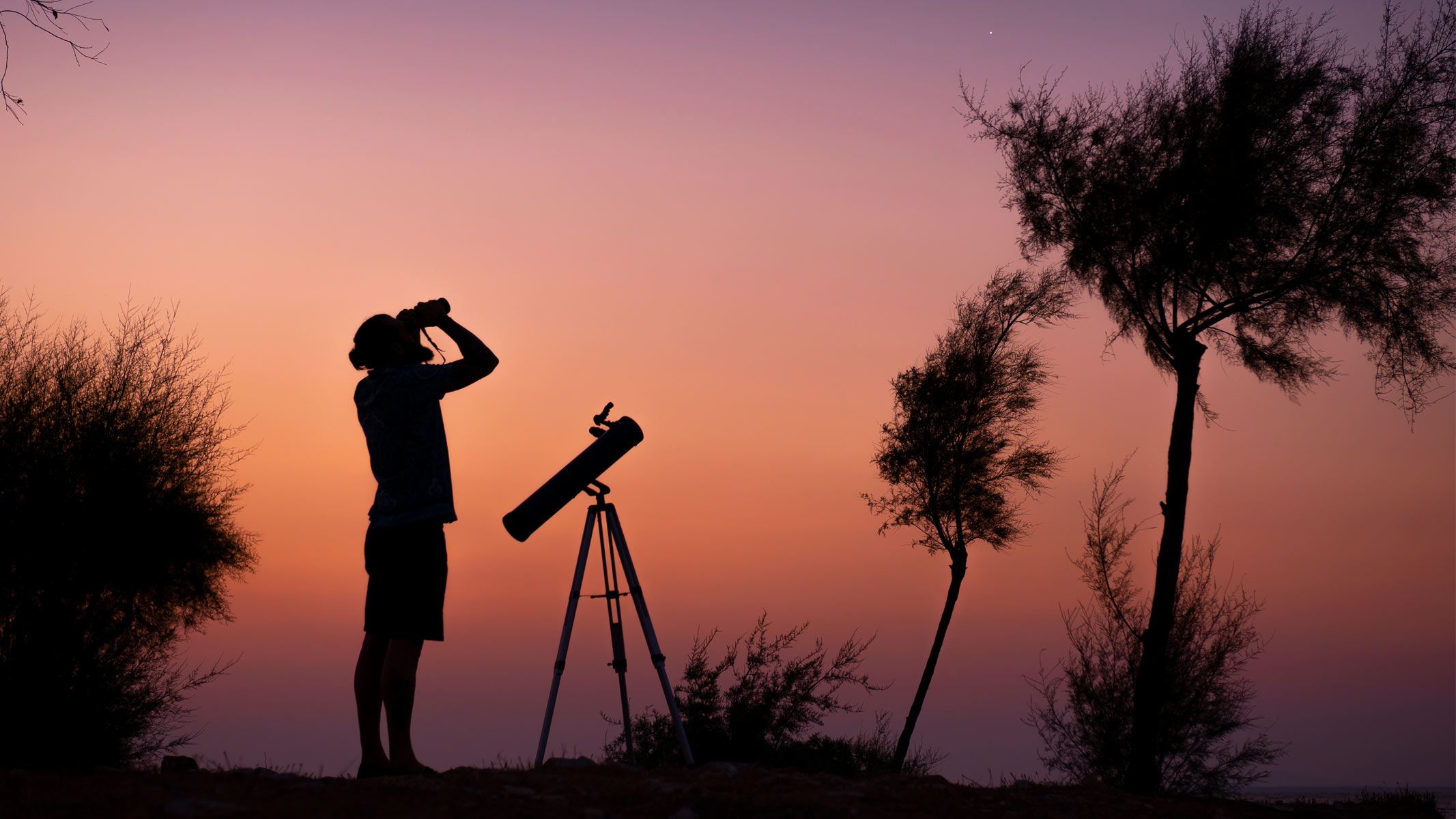
Everything you need to go stargazing this winter and into 2026
Are you ready for a year of stargazing? Skywatchers have a plethora of fascinating sights in late-2025 and throughout 2026, chief among them a couple of eclipses — a ‘blood moon’ total lunar eclipse on March 3, 2026, followed by a total…
Continue Reading
-

I’ve hand-picked these early Black Friday deals on image-stabilized binoculars
With Black Friday only two days away, deals are starting to heat up across all retailers, but it isn’t just the big players like Amazon and Walmart. I’ve found some hot discounts at Newegg on these image-stabilized (IS) binoculars from Canon and…
Continue Reading
